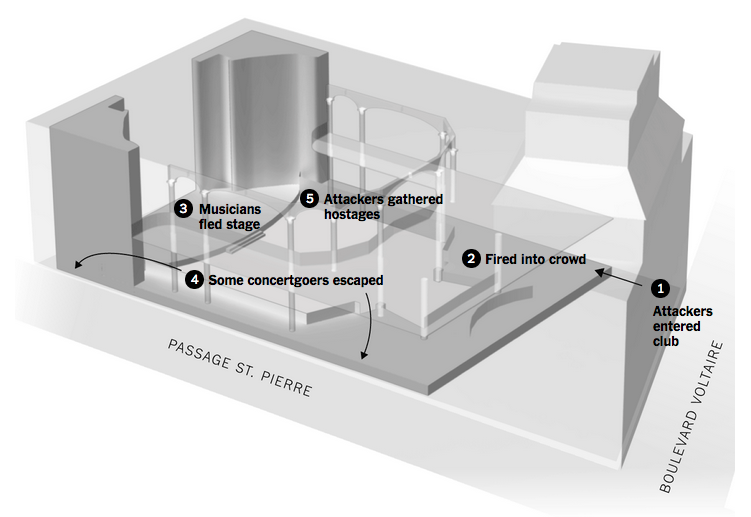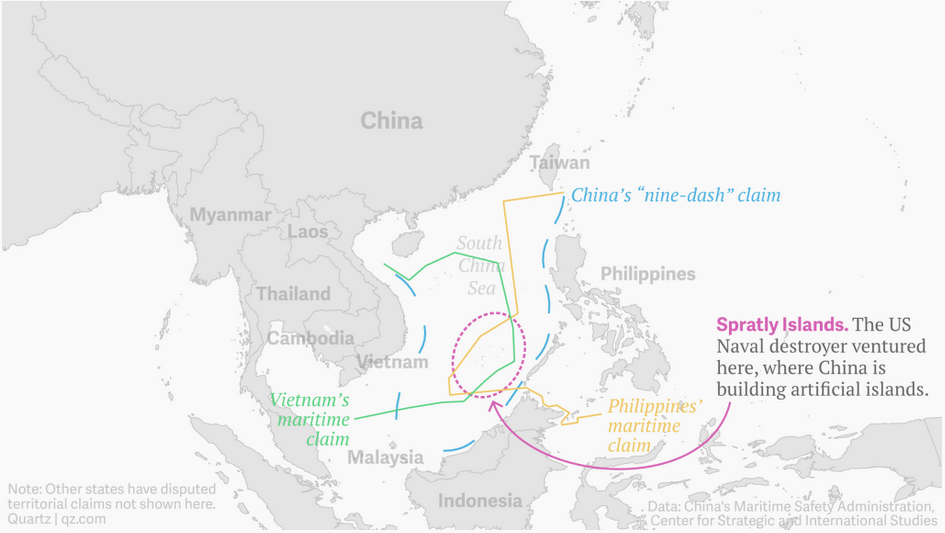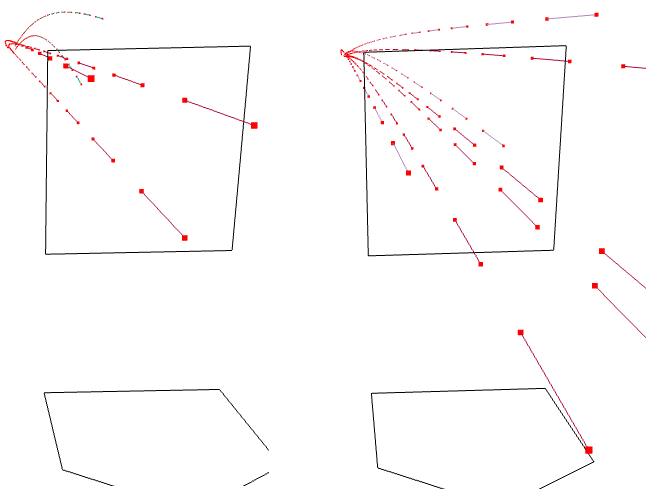When I was in high school I began to listen to music. To find music. To find artists. A guy who owned and operated the store next to where I worked recommended David Bowie, that guy whose songs I had heard on Philly’s classic rock radio stations. Back in those days we still had record stores—not that I knew what a record was—and I found a few used CDs—now that kids today would know what a CD is. Over that summer, I picked up a lot of new music. But what struck me about this David Bowie guy is that Space Oddity, Tonight, and Heathen all sounded so different from each other. He was a great one. And while I’m certain there will be some graphic in the future about his timeline—how can there not—today I am going to follow up once more on the North Korean nuclear test after coming across this graphic from Reuters.
You will recall how last week I looked at a New York Times post that explained the differences between a few different types of nuclear weapons. Well, here Reuters illustrates those differences.

Credit for the piece goes to S. Scarr.









